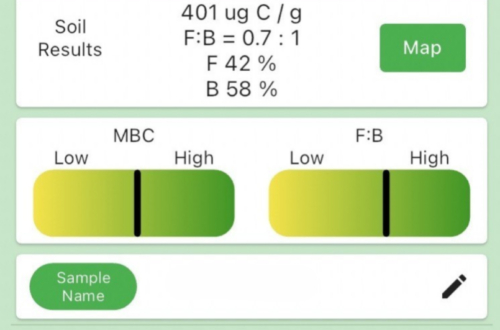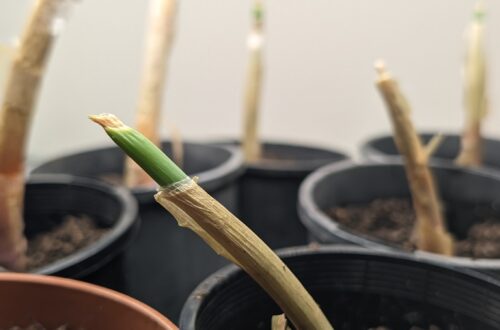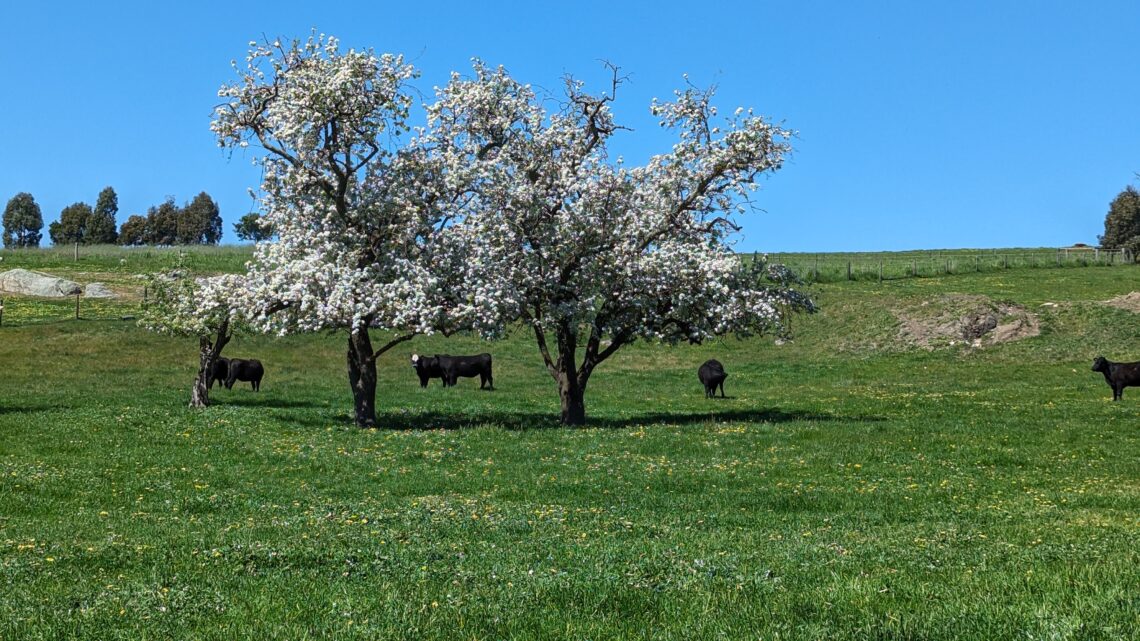
Gardens part 1
As winter comes to an end, and with three weeks left until spring. I’m diving into detailed planning for our gardens. I’ll hold off on transplanting any crops until the last frost date has safely passed which is early October. This waiting period gives me ample time to start seeds, take cuttings, and meticulously plan out each section of the garden.
I’ve chosen to focus on the area at the front of our property, just below the dam. This spot gives us about two acres to work with—a significant amount of space for gardening. Rather than rushing, I’m approaching the process thoughtfully, staying flexible with what we plant and where.
This isn’t just about growing food; it’s about experimenting with our land to achieve a big goal: a self sufficient lifestyle that eventually is a closed loop system. The journey will be challenging, but the reward of self-sufficiency is worth it.
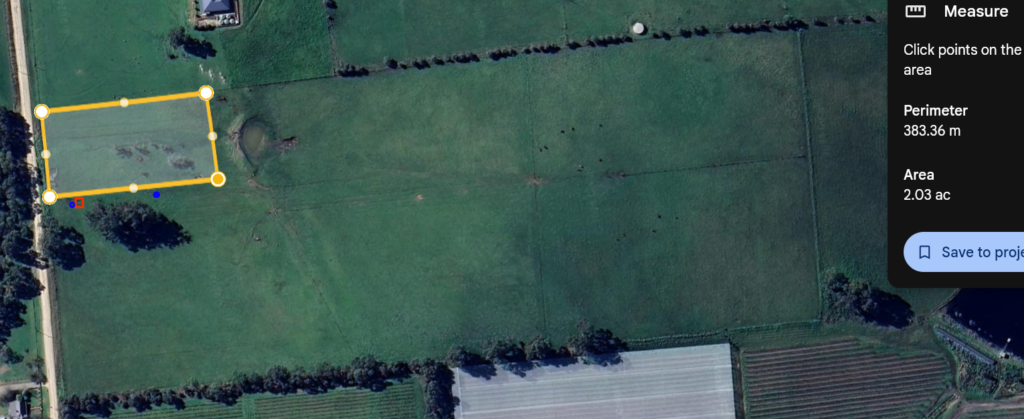
Directly adjacent to our garden site we have a paddock we are contemplating using to grow alfalfa Lucerne. The stobie pole (red) that host our power meter and a set of outdoor power points. next to the power is our unequip bore (blue). We also had the plumber install a tap for mains water midway up the driveway (blue).
Trees to feed.
Back in our garden site we have about 7 pear trees in various conditions. We are expecting we will end up removing a few of them due to trunk rot/damage. However our plan is to hold off until we have planted and established some replacement trees.
a few of the trees I already have waiting to be transplanted on the property are.
- Mulberry white
- Lemon (unknown)
- Bay leaf
- a selection of apple trees that the kids started from seed. These probably wont be true to type and were just fun experimental plantings for the kids to do with me.
On-top of the trees I currently have there is also a long list of trees I hope to plant out
- Apple (Varieties not decided)
- Apricot ‘Moorpark’
- Apricot ‘Trevatt’
- Avocado (Varieties not decided)
- Blood Plum ‘Satsuma’
- Cherry ‘Lapin’
- Cherry ‘Stella’
- Clementine ‘Nules’
- Coffee
- Fig ‘Black Genoa’
- Fig ‘Diggers Purple Heart’
- Fig ‘St Dominique Violette’
- Fig ‘White Genoa’
- Lemon ‘Lemonade’
- Lemon ‘Myer’
- Lime Rangpur
- Loquat
- Macadamia ‘Beaumont’
- Macadamia ‘Pinkalicious’
- Mandarin ‘Afourer’
- Mandarin ‘Satsuma Okitsu’
- Nectarine ‘Goldmine’
- Orange ‘Hamlin’
- Orange ‘Salustiana’
- Orange Valencia ‘Delta Seedless’
- Orange ‘Washington Navel’
- Peach ‘China Flat’
- Peach ‘Elberta’
- Plum ‘Santa Rosa’
- Tahitian Lime
Plants to Feed
On-top of the trees I am heavily going to be focusing on perennial edible plants over the next year. I do also plan to put seasonal plants in (water melons, pumpkins, tomatoes etc.) However most of them will be a trial planting to see how they cope with the current soil quality. I found when we first moved over from NSW a lot of my seasonal plants struggled in our currently rental due to the weather (I had not expected so many frost dates) and because the soil was heavy clay and the seedlings struggled to establish.
Currently I have started a number of Perennials however down the track some may be grown as annuals if they don’t cope with the frost.
- Asparagus ‘Mary Washington’
- Asparagus ‘Sweet Purple’
- Bergamot ‘Panorama’
- Chives: Perennial
- Chives ‘Garlic’
- Comfrey
- Comfrey ‘Hidcote Blue’
- Echinacea
- Egyptian Walking Onions
- French Tarragon
- Ginger
- Greek Oregano
- Horseradish
- Jerusalem Artichoke
- Lemon Balm
- Lemon grass
- Rhubarb ‘Winter Wonder’
- Sage
- Sorrel ‘Large leaf’
- Sweet Marjoram
- Sweet Mace Syn. Mexican Tarragon
- Thyme ‘Creeping Pink’
- turmeric
- Yacon
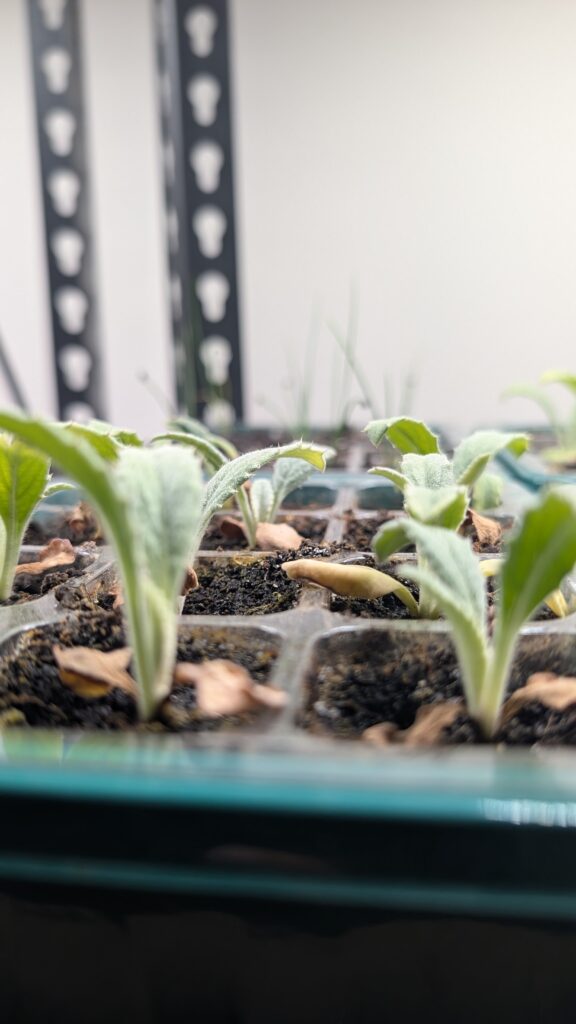
Besides all the edible plants, we also plan to include plenty of ornamental plants, which we affectionately refer to as ‘food for the bees.’ The end result will be a sort of potager.
There is a lot of prepping I will need to do for the gardens, the idea is to improve the soil as we grow and adapt as need be.
Soil preparation
Firstly we’ve identified the soil is Predominantly clay. Resulting in poor drainage and poor retention of moisture, the planned garden site shows signs of cracking during the middle of summer and during winter it becomes a clay bog.
I’m currently leaning towards the following process to prepare the soil.
- Slash pasture as close to soil as possible
- Mark out where I plan to plant this spring, and what area’s I’m going to slowly prepare over the next 12 months
- Apply Lime and Gypsum, water in.
- Till soil
- the current plant zone will have 2 bales of pea straw applied.
- the rest of the sites will have green manure seeds planted on them.
- when the green manure is high enough I will till in the lot.
- where I plan to plant the fruiting trees I will start planting out then apply pea straw followed by a wood chip or woody mulch.
- where I’m still not ready to plant out Ill apply a cover crop
- When I am ready to plant out the remaining garden we will slash the crop, place cardboard over the patch and then cover in pea straw the trick is to not let the cover crop go to seed so if it takes a little longer to plant out, we will regularly slash that section.
keeping in mind we are hoping to do a soil test in the coming weeks so we may change the plan based on the results.
links to more
Previous results from gardens.
Gardening Articles.
Livestock Articles.



